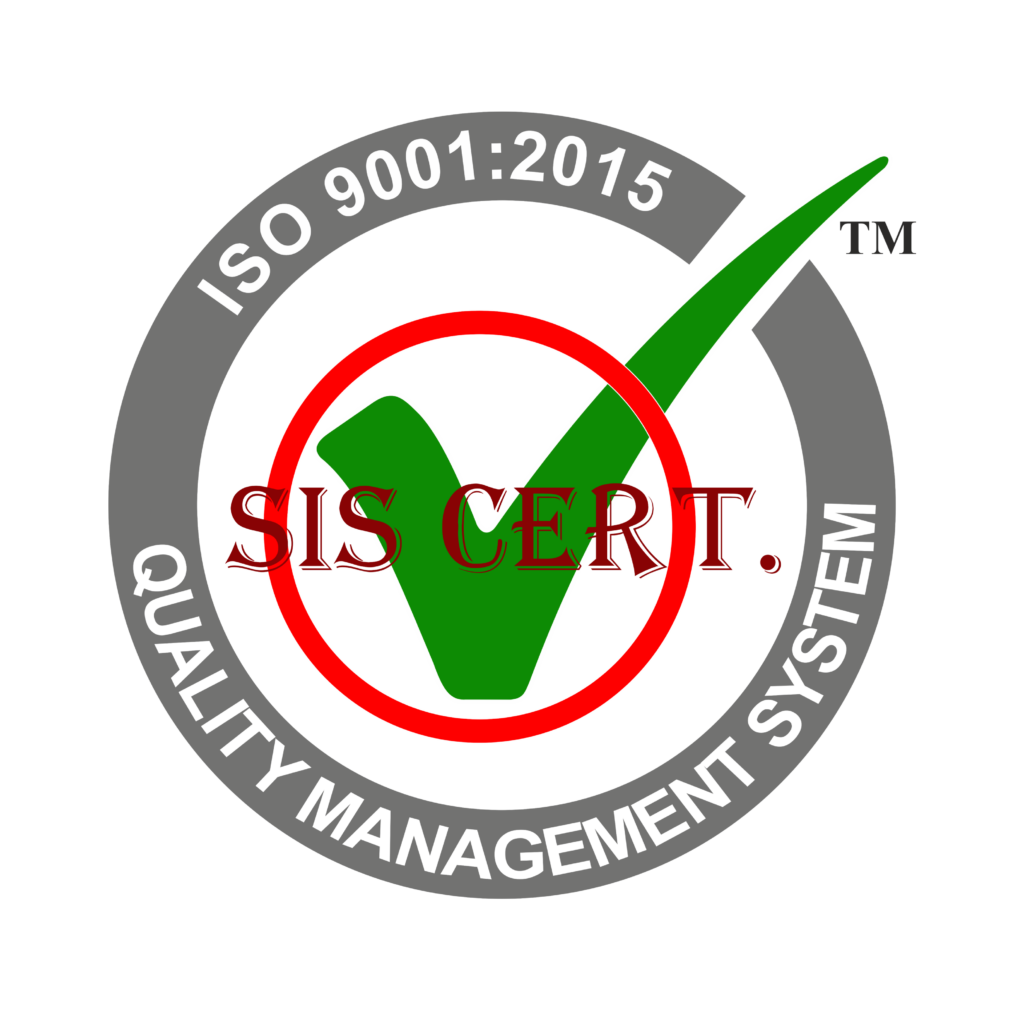The steel industry is rapidly advancing with innovative processes and technology.
As the demand for stainless steel increases, manufacturers are looking for ways to increase efficiency and reduce costs.
Newer techniques, such as automation, additive manufacturing, CNC machining, laser cutting, and robotics, are transforming traditional steel production, making it more efficient and cost-effective.
This article will explore these next-gen techniques and their impact on stainless steel production.
Key Takeaways
- Automation in steel manufacturing streamlines production processes and increases efficiency.
- Additive manufacturing revolutionizes stainless steel manufacturing by building parts using 3D printing technology.
- CNC machining of steel produces parts with increased accuracy and precision, ideal for applications requiring tight tolerances.
- Laser cutting of steel enables quick and accurate cutting of stainless steel, minimizing heat-affected zone and ensuring better surface finish.
Automation in Steel Manufacturing
By leveraging automation technology, steel manufacturers are able to streamline production processes, resulting in greater efficiency. This innovative process in stainless steel manufacturing advances the production process and technologies in the industry.
Automation is a feature of many modern factories, allowing for a more precise and consistent output, as well as increased safety for personnel. Automation can be used for many production tasks, such as welding, cutting, and forming. It can also be used to improve energy efficiency and reduce waste.
Automation also helps to reduce the need for manual labor, leading to cost savings for steel producers. Automation technology is transforming the steel industry, making production processes more efficient and cost-effective.
Additive Manufacturing for Steel Parts
Developing steel parts with additive manufacturing is revolutionizing the stainless steel manufacturing industry. It is a process that builds parts from the ground up using 3D printing technology. This technology enables the production of complex parts with improved performance, precise dimensional accuracy, and lower production costs.
Additive manufacturing also reduces waste, as excess material can be reused. This is especially beneficial in the stainless steel industry, where metals are expensive and waste is a serious concern.
Additionally, the process takes less time as parts can be printed in-house, eliminating the need to outsource production. The additive manufacturing process is quickly becoming the preferred choice for stainless steel production, offering improved productivity and cost savings.
CNC Machining of Steel
Utilizing CNC machining, steel parts can be produced with increased accuracy and precision. This cutting-edge process involves the use of a computer-controlled device, which allows for the manipulation of the steel to achieve the desired shape and size.
The CNC machine is extremely precise and efficient, making it ideal for applications that require tight tolerances. The machining process also requires minimal setup time and is more cost-effective than traditional methods.
CNC machining is the perfect solution for manufacturers looking for ways to innovate their production processes and produce quality parts in a timely manner.
Laser Cutting of Steel
Through laser cutting, stainless steel can be quickly and accurately cut into intricate shapes with minimal heat-affected zone. Laser cutting offers several advantages over traditional cutting methods such as increased precision, greater flexibility, and better surface finish.
With laser cutting, manufacturers can produce complex shapes more quickly and cost-effectively, enabling them to meet tight deadlines. In addition, the laser can be programmed to cut a wide variety of shapes, including curved and angled lines, allowing for greater design versatility.
The minimal heat-affected zone minimizes the risk of distortion and ensures a consistent, high-quality finish. Laser cutting is becoming increasingly popular among modern metal fabrication processes, making it an ideal choice for those seeking innovative solutions in stainless steel production.
Robotics in Steel Production
Robots are revolutionizing the way stainless steel is produced, offering unprecedented speed, accuracy, and efficiency. By leveraging advanced robotics, manufacturers are able to automate complex tasks and optimize production, resulting in significant cost savings and efficient throughput.
Robots are also capable of executing precise movements, such as welding and cutting, with greater accuracy and repeatability than humans. Additionally, robotics can be programmed to perform detailed inspections, ensuring that any defects are identified quickly and addressed.
Automating steel production with robotics not only reduces labor costs but also allows for faster cycle times and improved product quality. This next-gen technology is transforming the way steel is produced, making it even more cost effective and reliable.
Frequently Asked Questions
What Are the Environmental Benefits of Using Next-Gen Techniques for Steel Production?
Next-gen techniques in steel production offer multiple environmental benefits, such as reducing resource consumption, lowering emissions, and improving energy efficiency. These innovative processes are paving the way for sustainable steel manufacturing.
How Do Next-Gen Techniques Improve the Accuracy and Quality of Steel Production?
Next-gen techniques improve the accuracy and quality of steel production by providing precise control over the entire production process. This ensures the production of higher quality stainless steel and reduces waste.
What Are the Cost Savings Associated With Next-Gen Techniques?
Next-gen techniques offer significant cost savings through improved accuracy and quality of production. By utilizing innovative processes, greater efficiency and cost-effectiveness are achieved.
How Does the Steel Production Process Change When Using Next-Gen Techniques?
Next-gen techniques make steel production more efficient and less costly, by automating processes and utilizing advanced technologies. This improves the speed, accuracy, and quality of steel production, while reducing waste and energy consumption.
Are There Safety Considerations When Using Next-Gen Techniques for Steel Production?
When utilizing next-gen techniques for steel production, safety considerations are paramount. Proper precautions must be taken to ensure a safe and successful process. Innovative solutions must be employed to ensure the highest standard of safety is maintained.
Conclusion
Steel production is rapidly advancing with the introduction of innovative techniques and technologies. Automation, additive manufacturing, CNC machining, laser cutting, and robotics are just a few of the tools that are revolutionizing the steel industry.
As these processes become more refined and accessible, steel production is set to become faster, easier and more cost-effective.


